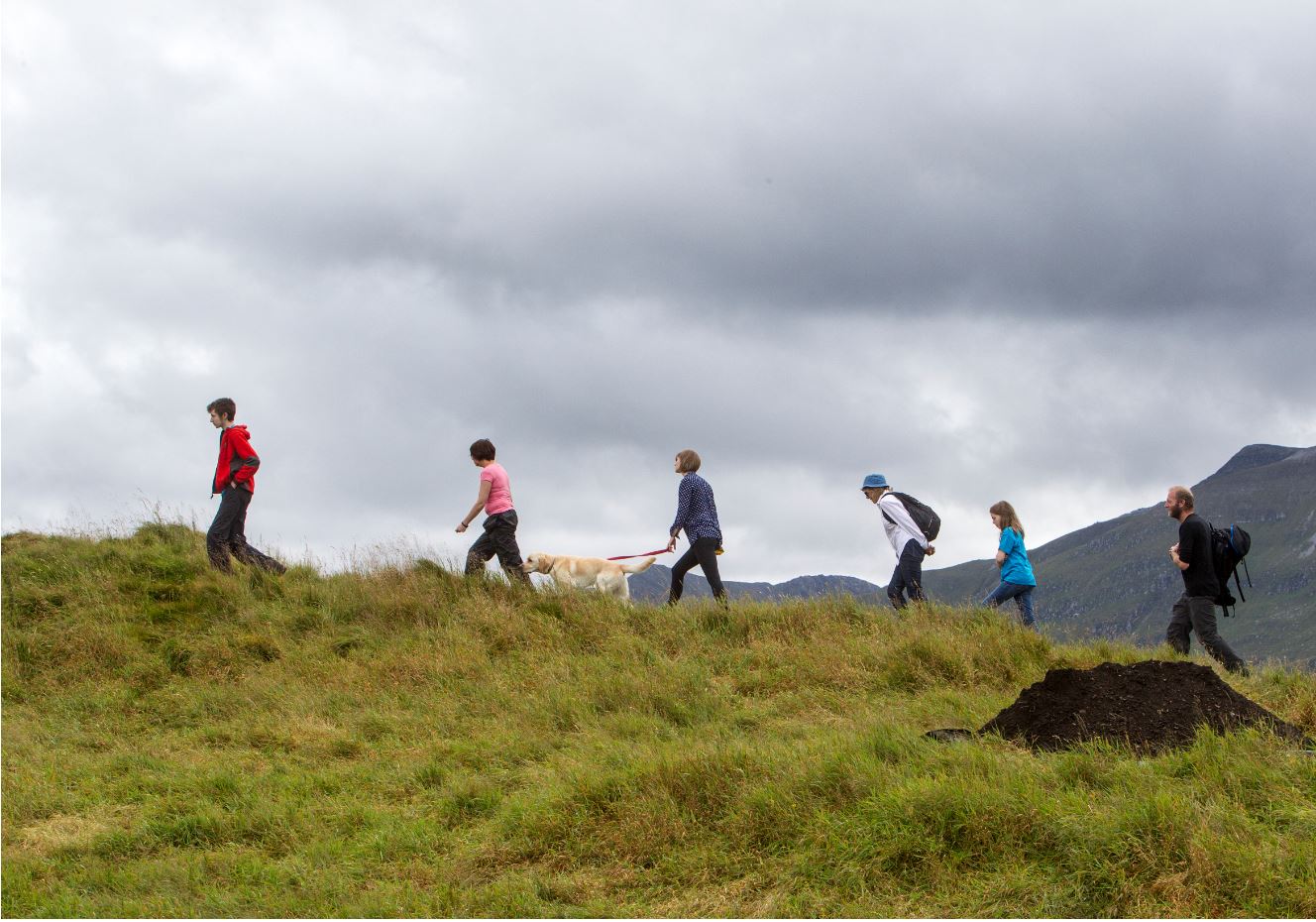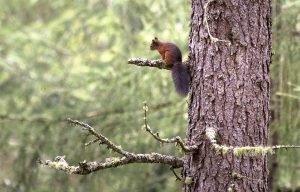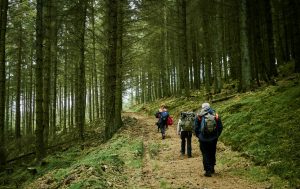Participation
Managing Scotland’s forests: public and community input
March 3, 2022 by Jen Swan No Comments | Category consultation, Guest blog, Our work, Participation in action
Forestry and Land Scotland (FLS) is the Scottish Government agency responsible for managing Scotland’s national forests and land.
Kenny Kortland, Wildlife Ecologist & Andrew Jarrott, Planning Manager share how the public, communities and volunteers participate in FLS’s work.
Our role at Forestry Land Scotland is to support tourism and recreation and produce timber. We also have a legal duty to further the conservation of biodiversity.
Public consultation and input
Across all of our work, input from the public and communities is encouraged and is very important to us.
Last year we welcomed input from the public by consulting on our Corporate Plan. Our corporate plan sets out the proposed direction of travel and priorities for Forestry Land Scotland, over the next three years. Once the responses are analysed the Corporate Plan will then be updated to reflect the information gained through this process. It will then be submitted to the Minister for Environment and Land Reform for approval. We will then publish the approved Corporate Plan in April 2022.
We also run local public consultations on every Land Management Plan. A land management plan sets out how we intend to manage a specific area of land for a period of ten years. Usually the area covered by a plan is a forest or woodland but it will often include open areas too. We work closely with local communities to ensure these forests balance the economic benefits of jobs and timber production with the social and environmental benefits of being pleasant, welcoming places to visit.
When we develop a land management plan, we gather views from a range of different stakeholders. However, we are particularly interested to hear what local people think. This helps us to balance and prioritise the sometimes competing objectives.
Pre-pandemic we would meet with communities face to face in village halls, shopping centres and forest visitor centres. Since 2020 we have been hosting these consultations virtually. This has broadly been successful and we hope to adopt a hybrid approach in the future. You can view our current consultation on our website.
During these discussions, community members often raise issues about wildlife conservation. This is not surprising, because, in their annual survey of public opinion of forestry in 2021, Forest Research found that 93% of respondents believe that the main reason to grow forests is to provide places for wildlife to live.
After a public consultation is complete, views are gathered together and submitted with the updated draft plan to the local Scottish Forestry office for formal approval. The plan is also placed on Scottish Forestry’s Public Registers where you can continue to comment for 28 days. Once approved, all plans are then published on our website.
Tackling the biodiversity crisis with communities
Taking action to address the world-wide biodiversity crisis is now a central part of our work. This includes restoring habitats and species across Scotland. These are huge tasks and the contribution of community members and volunteers is really important. Two examples of this are: the Saving Scotland’s Red Squirrels project and our collaborations with local Raptor Study Groups.
Saving Scotland’s Red Squirrels is a project that works with local communities to ensure red squirrels will always be a part of Scotland’s special native wildlife. They are addressing the threat posed by the spread of the invasive grey squirrel through culling. Local volunteer groups are absolutely crucial in this regard and populations of red squirrels on FLS land are protected and maintained by the efforts of these dedicated volunteers.
Across Scotland, FLS benefits from the expertise of the volunteers that make up the eleven Raptor Study Groups (RSG). Founded in 1980, these groups now have over 300 members in total. Membership ranges from young people developing their interest in raptors, to retired professionals who have been studying these amazing birds for decades. Many of these raptor experts provide FLS with crucial information about raptors, which helps us to protect these species from disturbance. For example, FLS will plan forestry operations to avoid nest sites during the breeding season. We will also ensure that recreational activity does not affect the birds when they are incubating eggs or have young in the nest. The RSG volunteers also provide advice on forest design and some even mentor FLS Environment staff. As a result of this long-term, ongoing mentoring by experts, some FLS staff have become raptor specialists and now monitor and manage large numbers of nests.
Conservation projects
As well as working with volunteers associated with other initiatives, my colleagues across FLS also recruit local volunteers to help with conservation projects. For example, in our Central Region, over 100 local volunteers have provided invaluable help with the Trossachs Water Vole Project. This project has successfully reintroduced water voles to this area. Volunteers continue to help with surveying and monitoring of the reintroduced water vole population and are helping to map the spread of new colonies.
The local knowledge of volunteers is also vital for planning the deployment of mink rafts. Mink rafts detect the presence of the non-native American mink, which pose a significant threat to water vole population. The mink eat the voles and can cause the extinction of colonies in a matter of days. Early detection and control of the mink is required to protect the voles and without the volunteers this would not be possible.
Get involved
The contribution of communities and volunteers to the wildlife conservation work of FLS is immense and without their input many projects would not be possible. FLS is always open to new volunteer involvement and together we can make a positive difference for wildlife and to tackling the biodiversity crisis.
You can view our current consultation on our website
Find out more on the Forestry Land Scotland website, or visit the Forestry Land Scotland Blog
Scottish Government participation and engagement
Interested in receiving updates and insights into our work to embed good participation and engagement practices across the Scottish Government? Subscribe to the Scottish Government’s participation blog and follow us on twitter @scotgovengage





Leave a comment